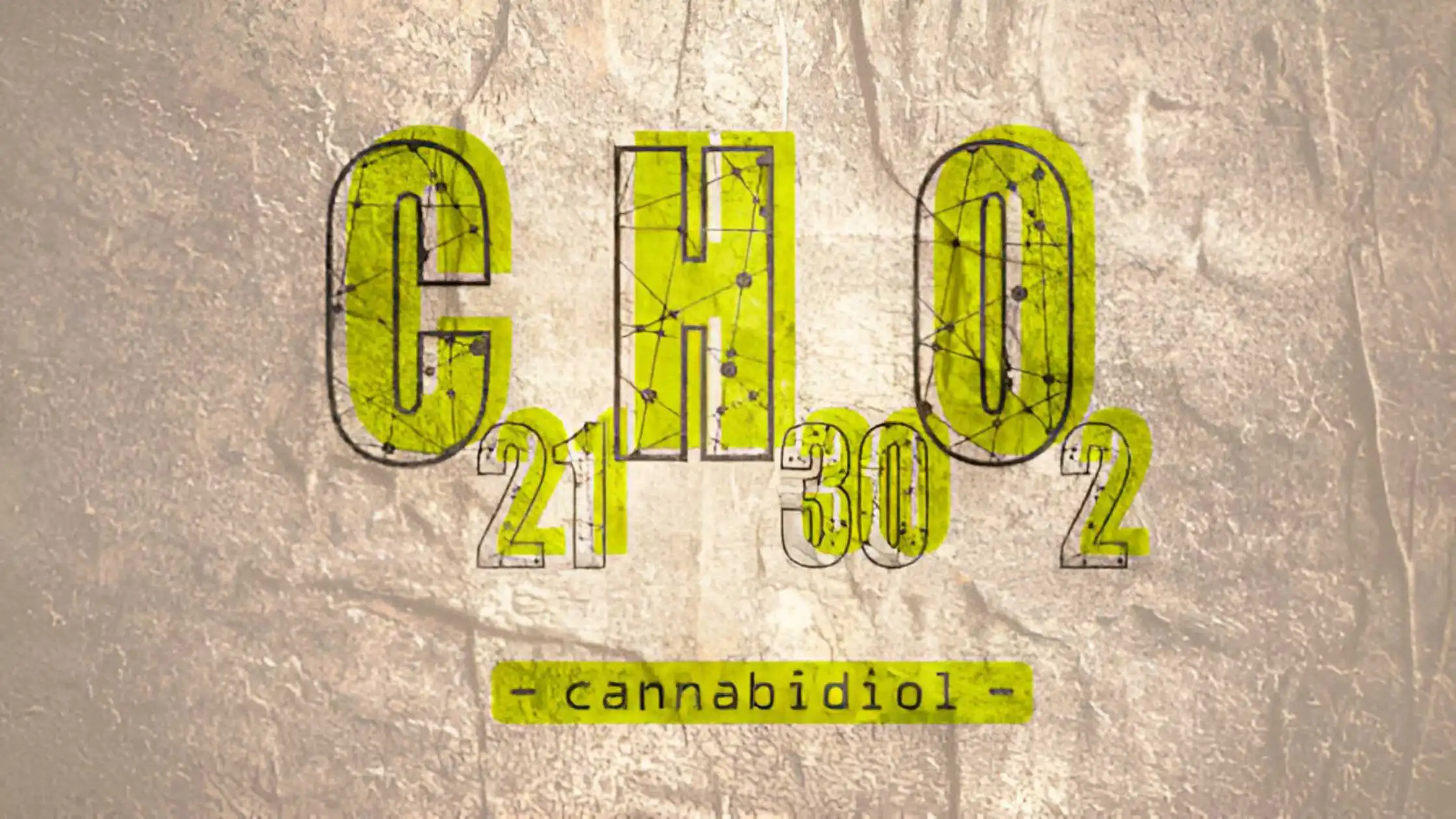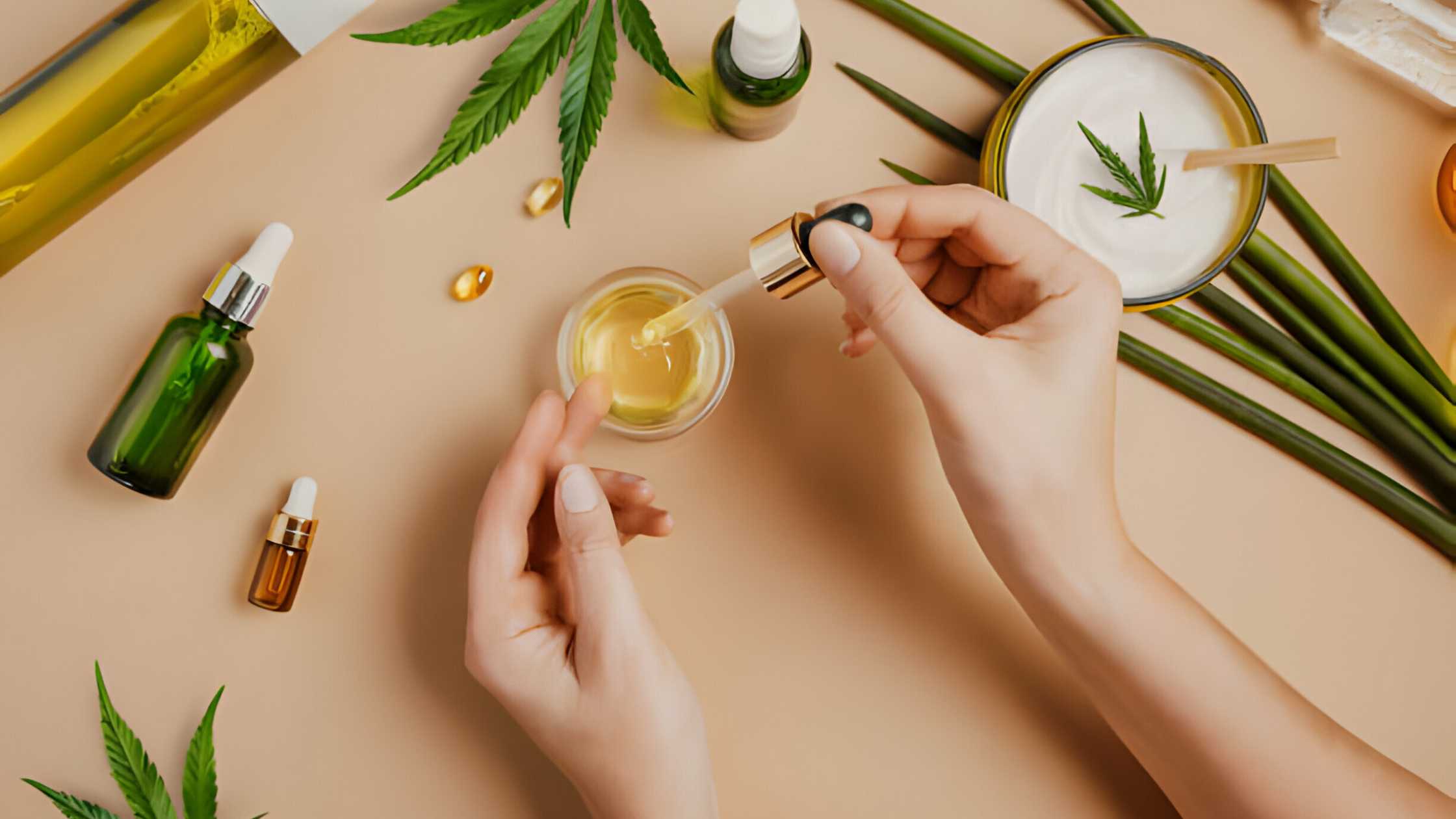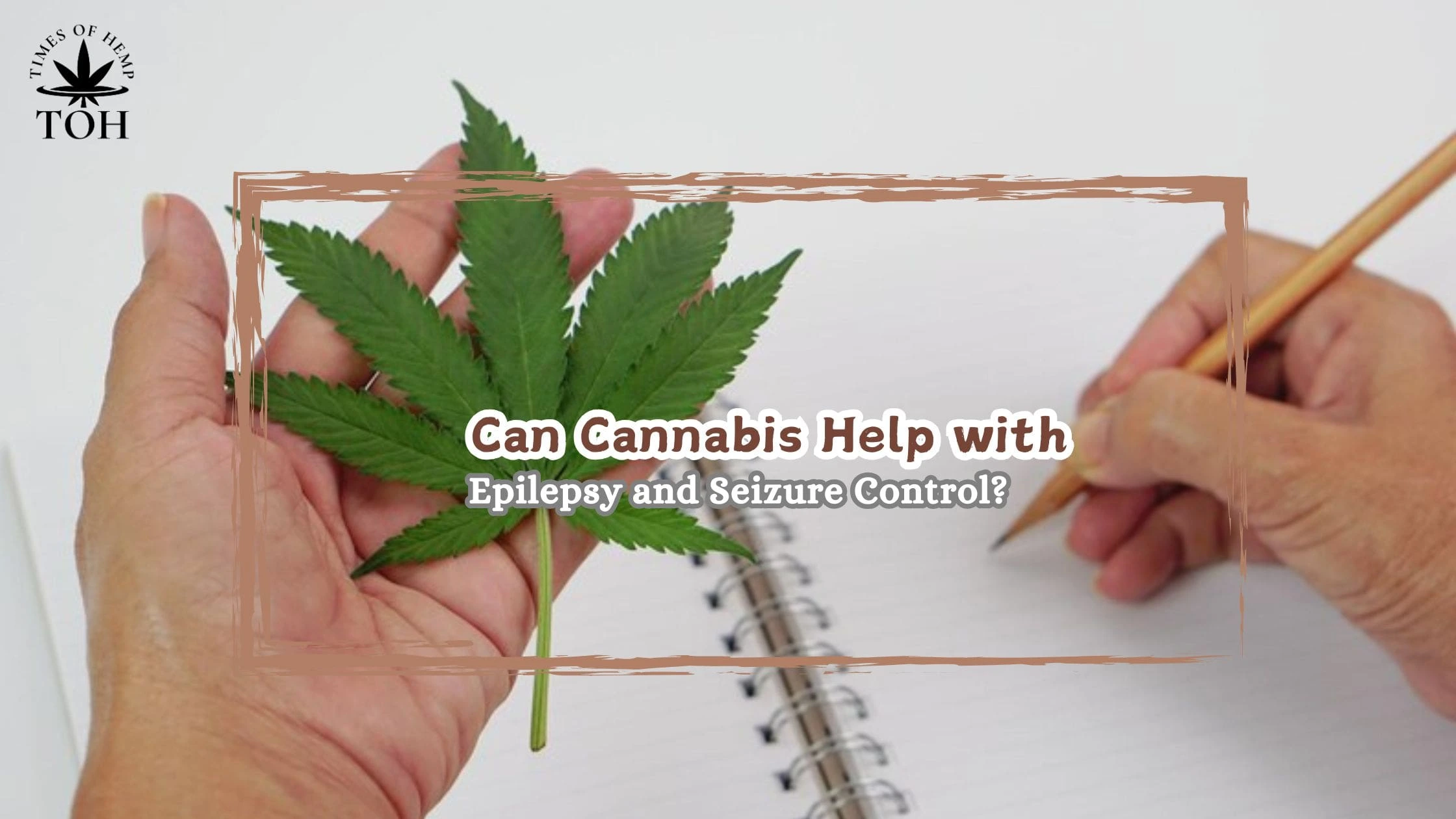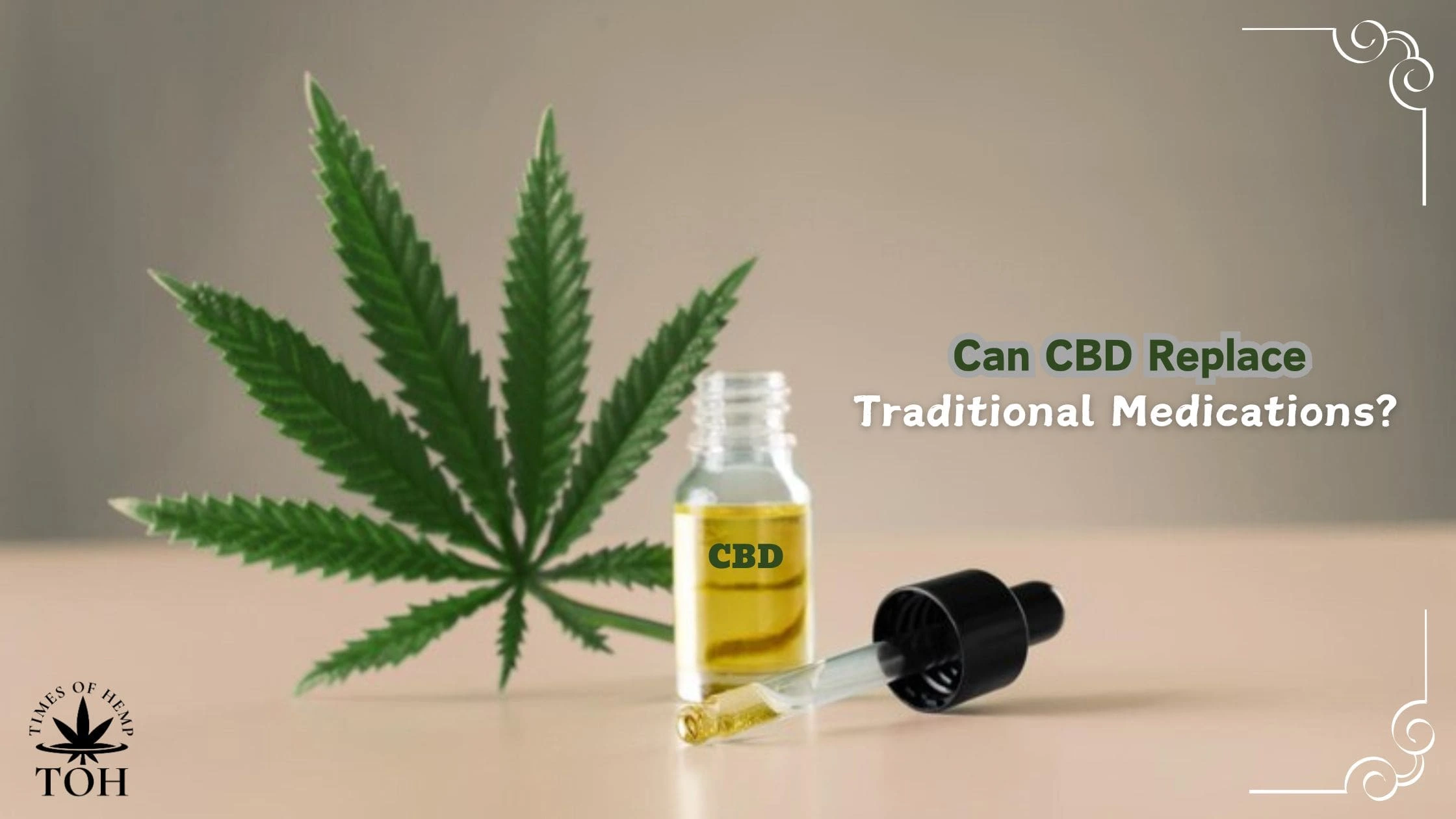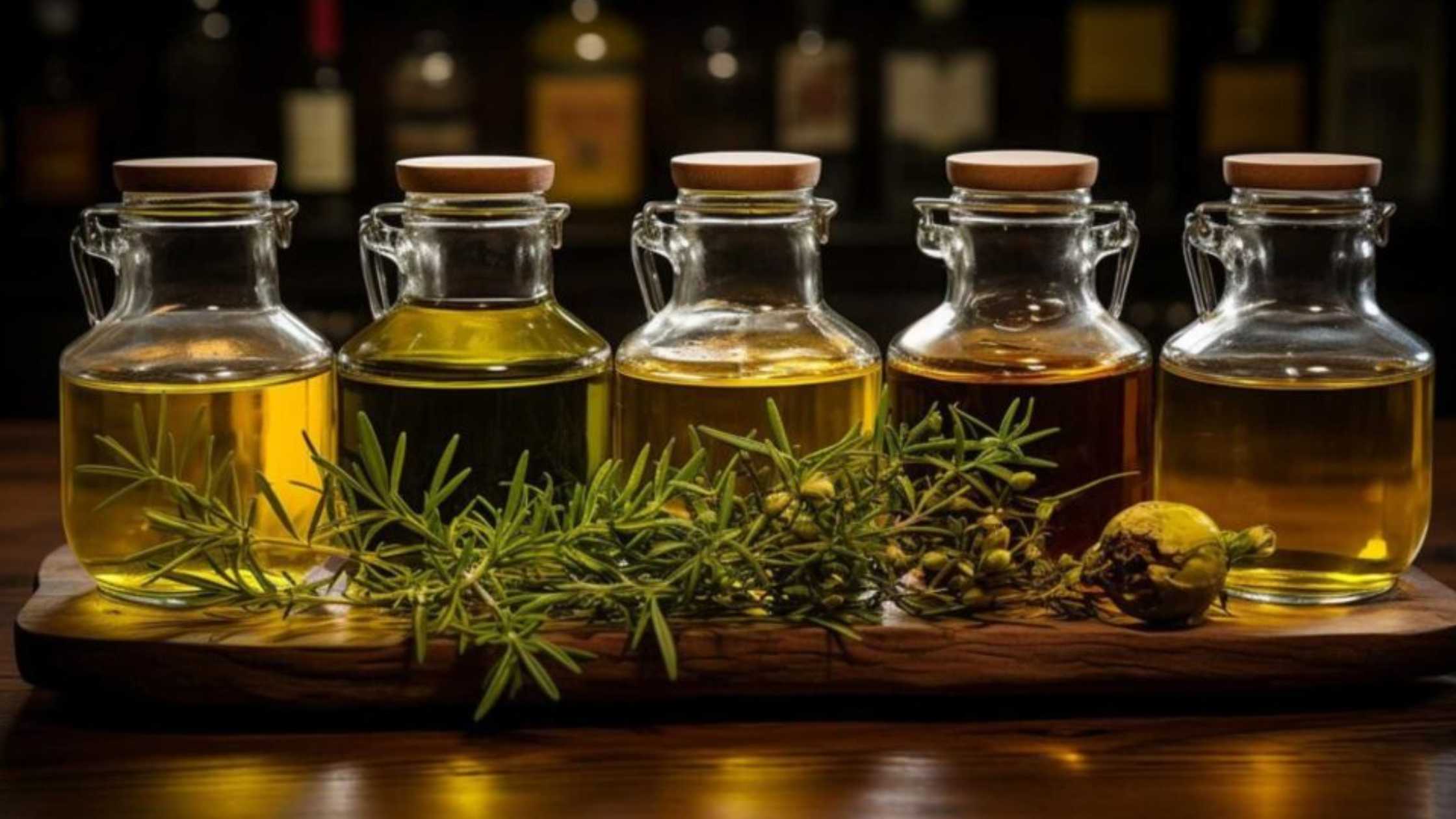One of the most exasperating problems faced by Delta-8 THC manufacturers and consumers is the misconceptions surrounding the cannabinoid. One of the tales the internet is full of is that Delta-8 is a synthetic or artificial compound.
Nothing can be more misleading than this claim, which is a half-truth at best. Chemistry and labs play a role in the commercial production of nearly everything. So, would you consider everything you consume an artificial product?
So, to know the whole truth, read this article till the end. Of course, as a consumer, you should know what you are ingesting, where it comes from, and how it is made. You should leave no room for doubt in your mind so no one can mislead you.
So, here’s a lowdown on the making of the Delta-8 THC compound and why labs play a role in it.
How Is Delta-8 Produced In The Lab?
Before we get to the manufacturing process, let’s explain the chemistry of the different cannabinoids. Don’t worry—we’ll keep it simple, so it won’t be too difficult to understand.
Cannabis plants contain hundreds of cannabinoids, such as cannabidiol (CBD), tetrahydrocannabinol (THC), cannabigerol (CBG), and cannabinol (CBN). These are some of the few compounds identified for isolated human consumption.
All these cannabinoids have very close chemical structures. That is because they all originate from cannabigerolic acid (CBGA), the mother of all cannabinoids.
THE THC ISOMERS
THC alone comes in several different forms. You must have heard of Delta-9 THC. It is the prime cannabinoid in marijuana. It makes you high and sometimes even causes paranoia, anxiety, and hallucinations. There are also a few milder siblings of Delta-9, known as Delta-8 and Delta-10 THCs. They both have weaker psychoactive effects, even though they have nearly the same chemical structure.
So, how are they different? The difference lies in the placement of the double bond on the carbon chain. While D-8 has a double bond on the eighth carbon chain, D-9 has it on the ninth carbon chain, and Delta-10 has it on the tenth.
It may not seem like much to you, but this minor alteration makes a big difference. First, both D-8 and D-10 are more stable than D-9. Second, the slight structural difference reduces the psychotropic properties of D-8 and D-10. As a result, they don’t cause the nasty side effects of D-9.
The scientific term for these similar compounds is “isomer”. Isomers are molecules or polyatomic ions with identical formulas. Hence, all these cannabinoids are isomers of each other.
As the cannabis plant grows, CBGA evolves into hundreds of cannabinoids. The concentration of each cannabinoid produced from CBGA during the plant’s growth depends on genetics, environmental factors, and stress.
For instance, the hemp variety of cannabis naturally produces a low amount of Delta-9 THC. The marijuana variety, on the other hand, makes a lot of it. That is why marijuana has been deemed illegal.
Many of the cannabinoids, including Delta-8 THC, occur in meagre quantities in the cannabis plant. The hemp plant contains only about 0.1% of the compound. No business would be sustainable if the compound were extracted directly from the plant. To produce a litre of Delta-8 distillate, a producer must utilize the plant material from a large hemp farm.
Here, the manufacturers are taking advantage of the similarity in the chemical structures of the cannabinoids. This is also where the lab plays a role.
Since they are isomers, all cannabinoids can be converted from one to the other in the lab. And that is something scientists have been doing for a long time for research and medical purposes. For instance, you can convert both CBD and Delta-9 THC into Delta-8 THC.
CBD and D-9 THC are two compounds that occur abundantly in the cannabis plant. However, the laws clarify that only the Delta-8 sourced from CBD is legitimate. Also, the CBD has to be extracted from the hemp plant and not marijuana.
Now, you must have understood why we repeatedly urge you to check the source of the cannabinoid extract and the percentage of Delta-9 THC in the lab report before you buy a Delta-8 THC product.
The cannabinoid MUST be sourced from a hemp plant, and the Delta-9 THC content MUST be less than 0.3%. However, several US states have marked all kinds of THC, including D-8, as illegal. Let’s now give you the details of the exact manufacturing process of Delta-8 THC.
STEP-BY-STEP CONVERSION PROCESS OF D-8 THC
Here, we will give you a brief account of how Delta-8 THC is usually derived from CBD isolate. Although there are a few other methods that several companies have come up with, here’s one step by step process:-
Step 1
The lab melts down CBD isolate (98%+ pure) with the help of a solvent. Not all solvents can extract Delta-8. You need a non-polar organic solvent, such as alkanes. Heptane is an alkane solvent that is commonly used for this purpose.
Step 2
Next, the lab technician will add an acid to the solvent to separate the isolate. Lewis acids, hydrochloric acid, and sulfuric acid are some common chemical compounds that can do this job.
You can use many different combinations of solvents and acids to turn CBD into Delta-8. However, the acid-solvent combination will determine the time, by-products, and residues. While some combinations can take only an hour, some may take up to 18 hours.
Step 3
Once the Delta-8 isolate is extracted, an alkaline-based compound is needed to neutralize it. Then, it must be washed and dried.
Step 4
The final distillate obtained will be 60–70% Delta-8. It will also contain 2–6% Delta-9 THC, but the legal limit is only 0.3%. So, to remove the extra D-9 and other cannabinoids, the lab runs high-performance liquid chromatography. Companies can opt for other purification methods, too.
Step 5
A lab test is conducted in the final step to verify the concentration (percentage) of the different cannabinoids, especially Delta-9, and residues in the distillate. Reputable firms get this test done by a third-party lab so that no doubt remains about the authenticity of the reports. That is why you should check the lab report, too.
The Other Methods
The second way to extract Delta-8 is directly from the cannabis plant. However, as we explained earlier, it is a highly demanding and costly affair and not very feasible. You must have read about the supercritical CO2 extraction process used to remove CBD from hemp plants. The same method can be utilized to extract Delta-8, as well.
First, pressurized carbon dioxide extracts the compounds from the hemp plant. Then, the tiny traces of Delta-8 are isolated using nanotechnology. The third possible method is to create D-8 distillate directly from the cannabis flower. For that, steam is pushed through the flower buds under high pressure and low temperatures of varying degrees to extract pure Delta-8 isolate. However, this process could be more sustainable, too.
Anyhow, DO NOT try any of these procedures at home. These processes involve chemicals—especially acids—and high heat that may cause irreparable damage to your health if handled carelessly.
Wrapping Up: Should You Use Delta-8 THC?
People have been smoking cannabis for ages, not only for the high it gives but also for its apparent therapeutic potential. Historically, it has not been looked upon favourably because of the side effects that mainly come from Delta-9 THC.
However, thanks to new research in this area, people are now beginning to realize the benefits they could enjoy from consuming isolated cannabinoids, such as CBD and Delta-8 THC. Even though research on Delta-8 THC is still limited, evidence suggests it can boost appetite, inhibit tumours, and prevent vomiting.
There is anecdotal evidence from regular users to suggest that it can soothe nerves and alleviate pain and inflammation. So, please do not deprive yourself of these benefits simply because you are not sure about the manufacturing process of Delta-8 and believe it to be a questionable synthetic compound. Instead, buy from a reputable brand, study their methods and techniques, and make an informed choice.
Disclaimer: We do not claim to offer medical advice. Consult your doctor before ingesting or consuming cannabis products in any way. A doctor’s consultation is a MUST if you are suffering from a pre-existing condition or are on any medication at present. It is always better to be safe than sorry.

